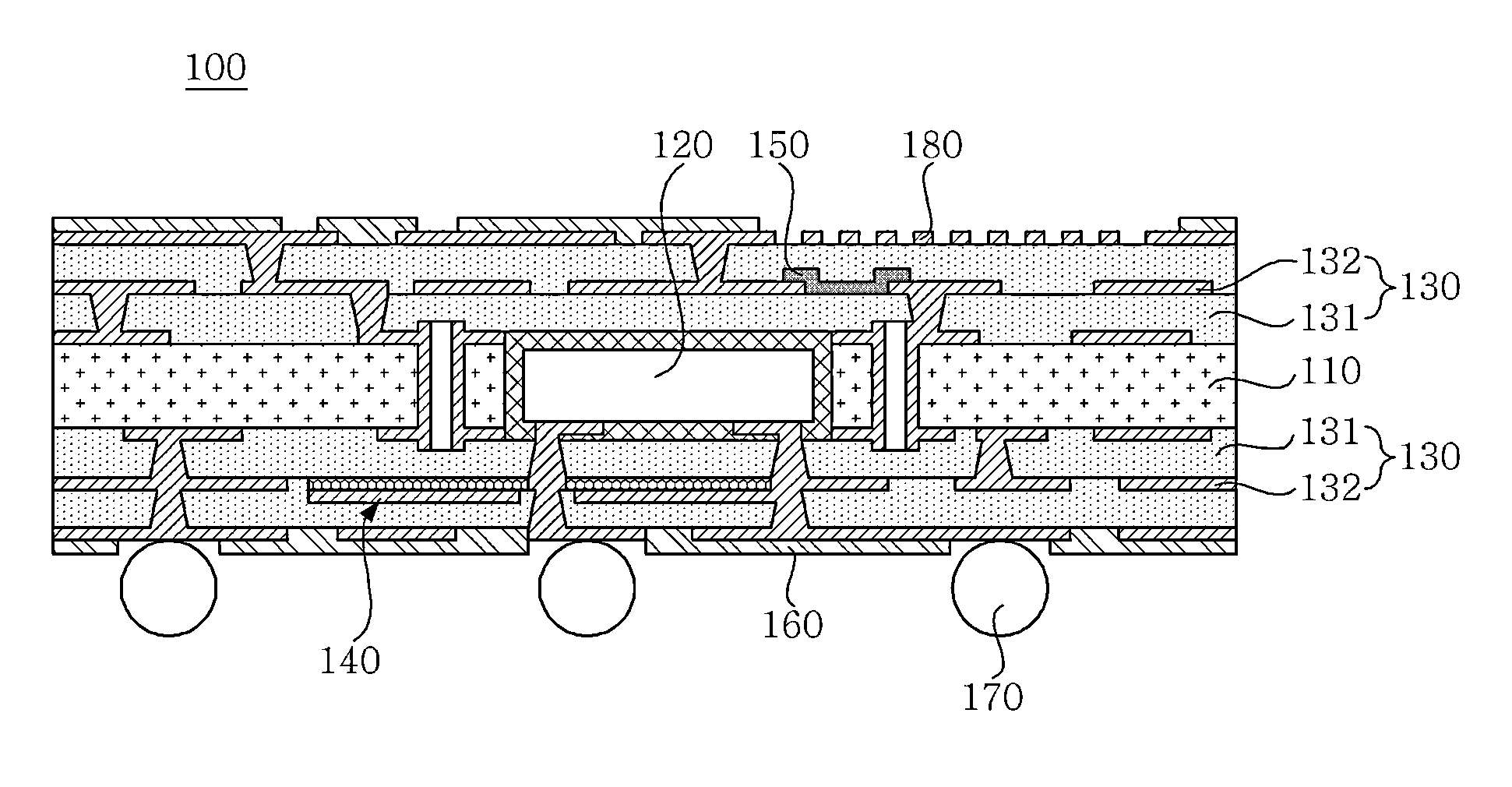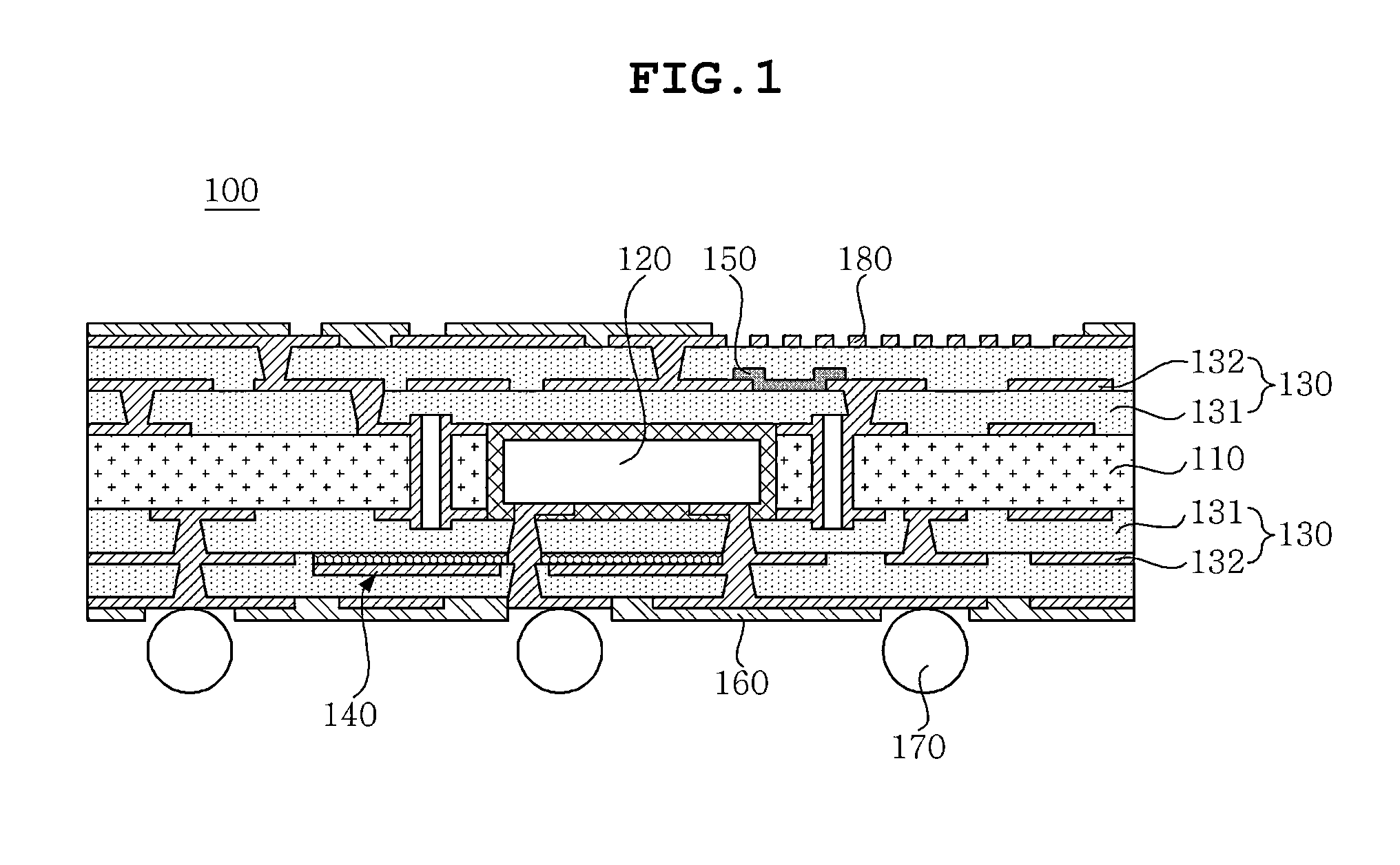Surface modified silica by alkyl sulfonated tetrazole compound, preparing method thereof, and resin composition containing the same
- Summary
- Abstract
- Description
- Claims
- Application Information
AI Technical Summary
Benefits of technology
Problems solved by technology
Method used
Image
Examples
example 1
Synthesis of 3-(1-methyl-1H-tetrazol-5-ylthio)propane-1-sulfonic acid
[0077]90 g of acetonitrile as a reaction solvent, 20 g (0.172 mol) of 5-mercapto-1-methyltetrazole, and 21 g (0.172 mol) of 1,3-propanesulfone were placed in a 250 ml one-neck flask equipped with a reflux condenser, and then refluxed at about 80° C. in a nitrogen atmosphere. The reaction termination point was determined via TLC (developing solvent chloroform: methanol=10:1) so that the reaction was terminated, after which the reaction product was filtered using Celite 545, and the filtrate was concentrated under reduced pressure and then subjected to silica column chromatography, affording 3-(1-methyl-1H-tetrazol-5-ylthio)propane-1-sulfonic acid. The synthesis yield was 68%, and melting point (DSC) was 98° C.
[0078]1H-NMR (CDCl3, δ) 3.63 (s, 3H, tetrazole-CH3), 3.40 (t, 2H, —S—CH2CH2CH2—SO3—), 2.95 (t, 2H, —S—CH2CH2CH3—SO3—), 2.20 (m, 2H, —S—CH2CH2CH3—SO3—)
example 2
[0079]UFP30 (available from Denka) fused silica was dried in a dry oven at 120° C. for 3 hr or loner, and cooled to room temperature in a desiccator so that silica was dewatered. 50 g of silica thus dewatered was dispersed well in 500 g of dichloromethane in a 1 l flask using ultrasonic vibration. 10 g of sodium ethoxide was added, and the resulting mixture was stirred at 40° C. for 2 hr, followed by filtering silica powder using filter paper. To the filtered silica powder, 200 g of dichloromethane and 10 g of 3-(1-methyl-1H-tetrazol-5-ylthio)propane-1-sulfonic acid obtained in Example 1 were added, and the resulting mixture was stirred at room temperature for 5 hr and then transferred into a separatory funnel, after which 200 g of distilled water was added, and thus sodium hydroxide which is a reaction product was extracted. Also, two further extractions were performed, followed by conducting centrifugation using a centrifuge at 3000 rpm for 10 min, so that silica and dichlorometha...
example 3
[0081]100 g of bisphenol A epoxy resin “YD-011” (epoxy equivalent 469, available from Kukdo Chemical) and 4.5 g of Disper BYK-110 (available from BYK) were dissolved in 83 g of methylethylketone (MEK), after which 162.5 g of the surface modified silica obtained in Example 2 was added, and pre-dispersed at 2000 rpm using a homo-mixer for 30 min, and then dispersed for 1 hr using a bead mill. In the resulting dispersion composition, 2 g of 2-ethyl-4-methylimidazole as a curing agent was dissolved, thus preparing a resin vanish, which was then applied on a PET film having a thickness of about 38 μm using a bar coater and then dried for about 10 min so that the thickness of the dried resin was about 40 μm.
PUM
| Property | Measurement | Unit |
|---|---|---|
| Temperature | aaaaa | aaaaa |
| Temperature | aaaaa | aaaaa |
| Particle size | aaaaa | aaaaa |
Abstract
Description
Claims
Application Information
 Login to View More
Login to View More - R&D
- Intellectual Property
- Life Sciences
- Materials
- Tech Scout
- Unparalleled Data Quality
- Higher Quality Content
- 60% Fewer Hallucinations
Browse by: Latest US Patents, China's latest patents, Technical Efficacy Thesaurus, Application Domain, Technology Topic, Popular Technical Reports.
© 2025 PatSnap. All rights reserved.Legal|Privacy policy|Modern Slavery Act Transparency Statement|Sitemap|About US| Contact US: help@patsnap.com



